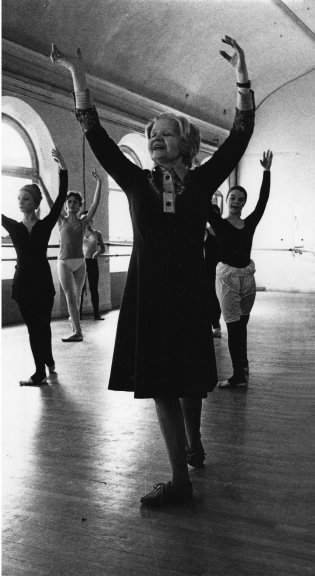11.01 > 23.02.18
CN D à Pantin
The Centre National de la Danse is celebrating Marius Petipa in the wake of research conducted by university professor (of Slavic languages and literature) Pascale Melani. Melani has paved the way for new studies in French of Petipa and is the editor of the ballet master’s journal currently being published and now two hundred years old. Petipa choreographed around sixty ballets whose titles finished by eclipsing his own name. They include in particular Paquita (1846, after Mazilier), Don Quichotte (1869), Le Songe d’une nuit d’été (1876), La Bayadère (1877), Coppélia (1884, after Saint-Léon), Gisèle (1864, after Coralli and Perrot), La Belle au bois dormant (1890), Casse-noisette (1892), Le Lac des cygnes (1895), Barbe Bleue (1896) and Raymonda (1898). Drawing on the work of Sylvie Jacq-Mioche and Florence Poudru and PhD students Aurélie Bergerot and Laetitia Basselier, the exhibition Matius Petipa étoilement d’une œuvre will feature documents from the CN D’s collections, in particular Russian, that are still little known, (Zereteli, Volkova-Dabbadie, Nureyev, Meunier, Vaillat, Caplain, Jacq, Mail and Cournand, and loans from the choreographers and teachers Nadejda Loujine, Barbara Schwarz and Christine Bayle). It also includes the translation of unpublished texts by Alexander Shiryaev (1867–1941) and Fyodor Lopukhov (1886–1973), ballet masters and teachers at the Mariinsky Theatre, with the aim of describing the choreography of this great artist who worked for at the Saint Petersburg Imperial Ballet for sixty-four years.
Coinciding with the research presentations that take place every year in January and February, this exhibition presents work supported by an Aide à la Recherche et au Patrimoine en Danse grant from the CN D and a writing grant.
Marius Petipa (1818–1910) studied the violin while also training at the Brussels conservatory of dance under his father. He started out as a child at the Théâtre de la Monnaie, his career then taking him to Bordeaux, Nantes, the United States, Madrid and Paris. He was hired as first principal dancer in Saint Petersburg in 1847, and remained at the Imperial Russian Ballet until he retired in 1904. He assisted Jules Perrot and Arthur Saint-Léon before becoming ballet master in 1869, teaching at the dance school that he was director of from 1855 to 1887. After being dismissed in 1904, he wrote his memoirs (in French, published by Actes Sud, 1990), which were translated into Russian then into English (1968). A good dancer, he shone in character roles and mime. He excelled as a choreographer, creating around sixty ballets and around thirty opera dances. He developed the large-scale ballet lasting a whole evening, which was lavishly staged and involved a large number of performers, with pas de deux and solos for the best dancers. Attaching as much importance to pantomime as to dance, he developed a brilliant, expansive, poetic and elegant style, featuring character divertissements and also sometimes drawing on traditional dances. Spreading outside Russia after his death, his work still forms an important part of the repertoire for every classical company.
